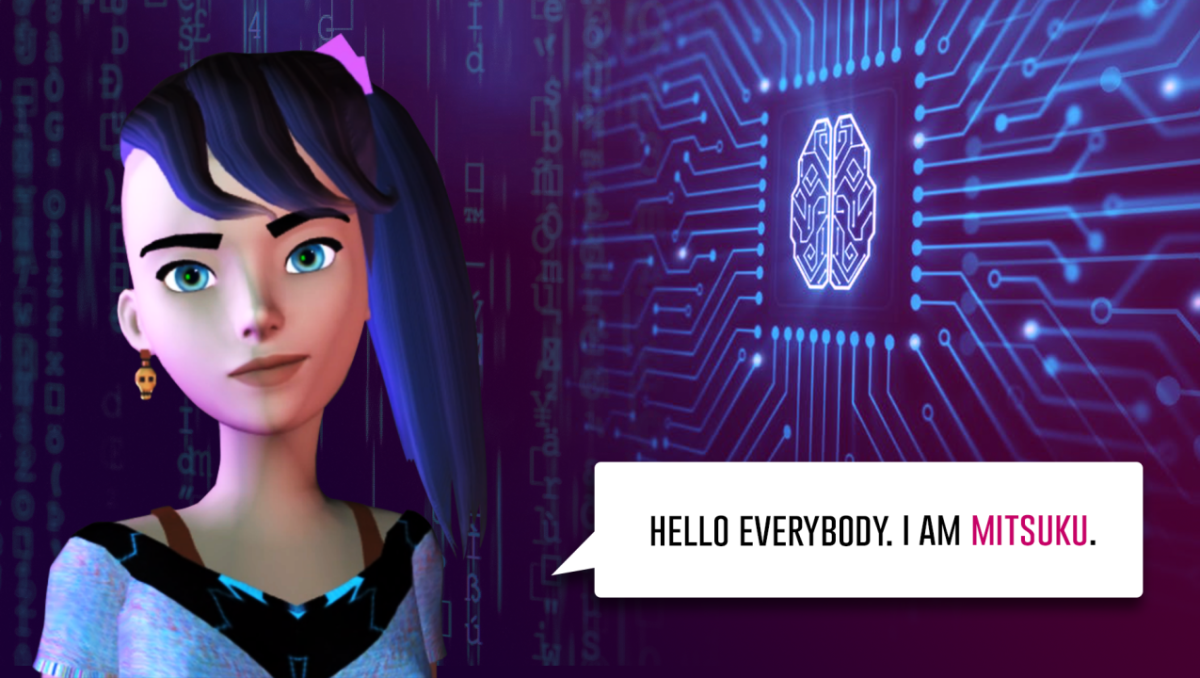The technology world is always evolving, and one of the most intriguing recent advancements has been the advent of AI video avatars and digital humans. This disruptive trend is affecting many organizations, creating new opportunities for tailored and engaging experiences.
Conversational AI Video Avatars are being developed by AI avatars driven by Large Language Models (LLMs), transforming how we interact with technology. We will examine the many types of AI avatars, their varied applications, and the ethical considerations that surround their inclusion into our daily lives.
Large Language Models
A large language model (LLM) is a deep learning system that can handle a variety of natural language processing (NLP) tasks. Large language models use transformer models and are trained on massive datasets, explaining their size. As a result, they can detect, translate, predict, and synthesize text or other content. Large language models are also known as neural networks (NNs), computing systems inspired by the human brain. These neural networks, like neurons, operate on a multilayer network of nodes.
AI avatars and Large Language Models collaborated to create Conversational AI Video Avatars. This convergence is a game changer, allowing for more natural and dynamic interactions between humans and digital entities.
Avatars with Autonomous AI:
Avatars have traditionally been limited to executing pre-programmed actions as extensions of the user. The emergence of AI Video Avatars and AI Humans, on the other hand, is changing the environment. These virtual entities are breaking free from the confines of traditional avatars, allowing them to engage independently. Unlike their predecessors, AI avatars can interact in real time without relying on the human initiative or instruction.
Applications in Businesses:
Many businesses utilize this technology to continually develop their video AI avatars by adding new features and capabilities to better user experiences. The competitive climate fosters innovation and advancements in AI avatar creation.
The impact of AI avatars is not to be underestimated; according to some sources, Digital Humans is an emerging technology with far-reaching implications across a wide range of industries. Digital Humans’ capacity to serve as companions, aids, therapists, and entertainers illustrates their versatility and transforming potential.
AI avatars and AI people are employed in a range of industries, exhibiting their adaptability and versatility. These businesses have a significant impact on everything from customer service and education to media, healthcare, employee training, gaming, and even the world of digital influencers.
AI avatars, such as AI Bank Tellers, are transforming customer service in the banking business by answering simple queries and freeing up human employees for more challenging tasks. Educational institutions are using AI avatars to give interactive learning experiences such as lectures, Q&A sessions, and guidance to students. AI Concierges in the hotel sector help clients by addressing travel-related questions. In the media and entertainment industries, collaborations with celebrities are taking place, and AI twins are being developed for fan engagement.
Ethical Issues:
As AI avatars make their way into news reporting, ethical concerns arise. Concerns have been raised concerning the use of AI avatar news anchors and journalists in terms of trustworthiness, transparency, and empathy. AI avatars lack human judgment and context, potentially undermining media ethics and disseminating misinformation.
Because viewers may not always be aware that they are watching AI-generated content, transparency in news reporting is crucial.
Conversational AI Humans and AI Avatars in the Future:
While artificial intelligence avatar technology is garnering headlines, it is still in its early phases. The potential for increasingly sophisticated AI avatars and talking AI persons is vast. As machine learning and natural language processing continue to evolve, we should expect even more substantial breakthroughs.
New capabilities will undoubtedly arise as these technologies advance, radically changing the way we live and work. This game-changing advancement opens up new options for businesses to create customized and engaging experiences for their customers. As we navigate the evolving world of AI avatars, it is vital to keep ethical concerns in mind and strive for transparency in their absorption into all aspects of our lives.
Various technologies and platforms contribute to the progress of AI avatars by providing services for creation and video generation. Many firms provide extensive feature sets, a variety of avatars, and adjustable settings. These technologies may be used for a variety of purposes, including product promotion, healthcare, sales outreach, and learning and development. Write to us at open-innovator@quotients.com for a sneak peek and a live demo of cutting-edge AI avatars and digital human technology.







